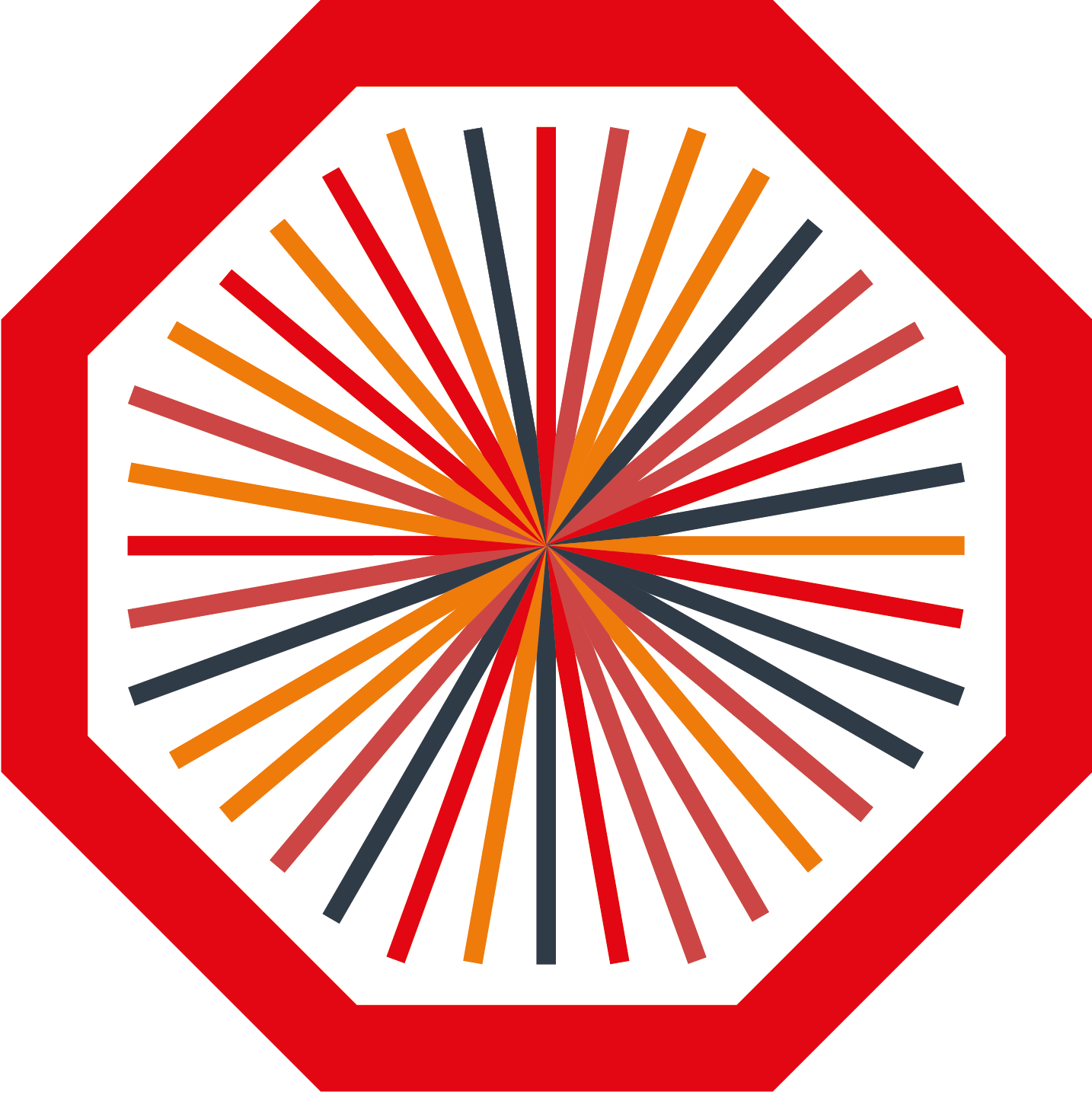Electromagnetic probes such as photons and low-mass dilepton pairs are a remarkable tool for studying the space-time evolution of the hot and dense matter created in ultra-relativistic heavy-ion collisions. They are emitted during the entire evolution of the medium, bringing invaluable data about the medium properties to the detector unperturbed by strong final-state interactions. In particular low-mass dileptons are extremely rich in physics sources, providing additional information on pair level with respect to real-photon measurements. In heavy-ion collisions, low-mass dileptons are a unique tool to access the information about the temperature of the QGP state as well as about (partial) restoration of chiral symmetry via decays of short-lived resonances.
In the EM group at CERN we are investigating the production of low-mass dileptons in pp and PbPb collisions in both channels accessible with the ALICE apparatus: low-mass dielectrons in central barrel and low-mass dimuons in the muon arm at forward rapidity. The measurements in pp collisions serve as a crucial baseline for the studies in heavy-ion collisions, allowing us to understand in detail the hadronic decays that contribute to the dilepton spectrum.
